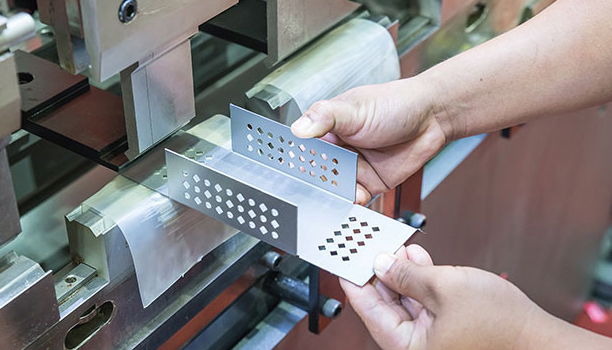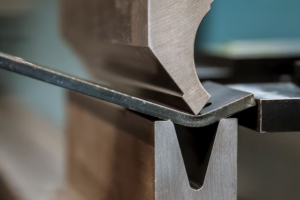Sheet metal fabrication is a versatile and widely used process that combines the artistry of shaping metal with the precision of engineering. From creating intricate designs to constructing complex structures, this technique plays a pivotal role in various industries. In this blog post, we delve into the world of sheet metal fabrication and explore its significance, applications, and the skills required to excel in this field
Understanding Sheet Metal Fabrication:
Sheet metal fabrication involves transforming flat sheets of metal, such as aluminium, steel, or copper, into desired shapes and structures through cutting, bending, welding, and assembling techniques. It is a highly adaptable process that caters to diverse applications, including automotive, aerospace, construction, and electronics industries.
Applications and Advantages:
Sheet metal fabrication is integral to numerous industries due to its numerous benefits. The precision and repeatability of the process make it ideal for producing high-quality components and parts. It enables the creation of durable, lightweight, and cost-effective products, ranging from automobile bodies and aircraft components to electrical enclosures and household appliances.
The Tools and Techniques:
Sheet metal fabrication requires a range of specialized tools and equipment, such as shears, laser cutters, press brakes, and welding machines. Skilled fabricators meticulously interpret technical drawings and use these tools to shape and manipulate the metal sheets into the desired form, ensuring accuracy and consistency throughout the process.
The Artistry and Skills:
Beyond technical expertise, sheet metal fabrication demands a blend of creativity and problem-solving skills. Fabricators must envision the final product, considering factors such as material selection, structural integrity, and aesthetics. They must possess a deep understanding of metal properties, fabrication techniques, and finishing processes to achieve desired results.




